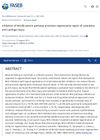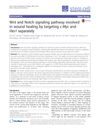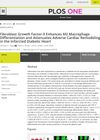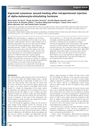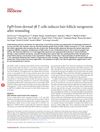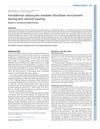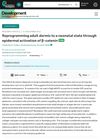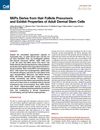Scarless Wound Healing: Finding the Right Cells and Signals
June 2016
in “
Cell and Tissue Research
”
fibroblasts myofibroblasts transforming growth factor-beta TGF-beta Wnt/β-catenin signaling pathway recombinant human interleukin-10 CXCR-4 antagonism stem cell-based therapies conditioned media umbilical cord MSC cultures miRNA gene therapies miR-145 Wnt signaling pathway interleukin-10 CXCR-4 stem cell therapies umbilical cord stem cells miRNA therapies
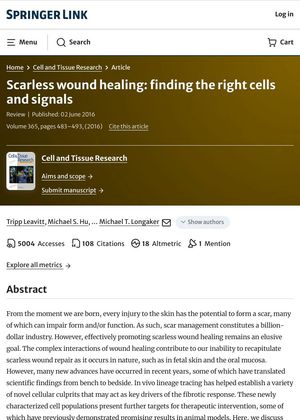
TLDR The right cells and signals can potentially lead to scarless wound healing, with a mix of natural and external wound healing controllers possibly being the best way to achieve this.
The 2016 document "Scarless wound healing: finding the right cells and signals" discussed the potential of scarless wound healing, focusing on the role of specific cells and signals. It highlighted that fibroblasts, cells that synthesize the extracellular matrix and collagen, play a crucial role in wound healing, but their differentiation into myofibroblasts can lead to scar formation. Signals like transforming growth factor-beta (TGF-beta) can influence this differentiation process. The paper also discussed the role of the Wnt/β-catenin signaling pathway in wound healing and scar formation. It mentioned the use of recombinant human interkleukin-10 and CXCR-4 antagonism to improve scar appearance and reduce hypertrophic scars. The potential of stem cell-based therapies was also discussed, with one study showing that conditioned media from umbilical cord (UC)-MSC cultures led to faster wound healing with decreased collagen accumulation. The document also highlighted the potential of miRNA gene therapies, such as miR-145, in reducing scar formation. The document concluded that a combination of endogenous and exogenous wound healing modulators may be the most practical means of achieving scarless wound repair in patients.

